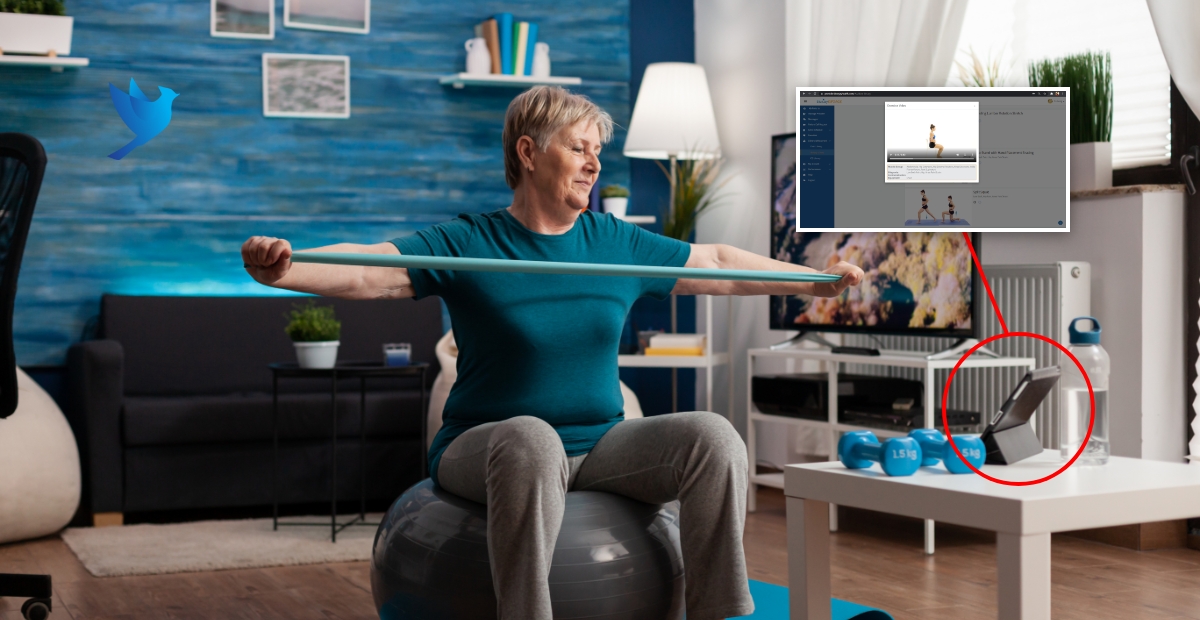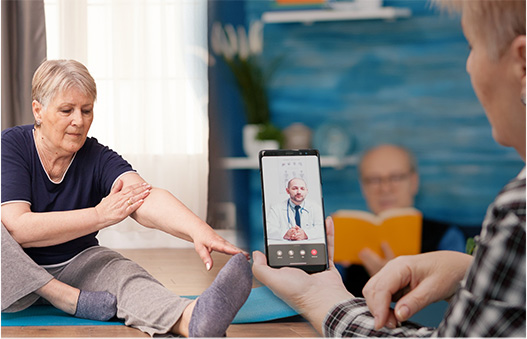MSK treatment and current practices
August 04,2021

The modern lifestyle has affected the overall well-being of people considerably.
Throughout the day, the sedentary lives and recently working from home only increases the chances of suffering from musculoskeletal (MSK) disorders. Non-drug treatments are useful but in instances with chronic pain, many experts recommend painkillers or mostly opioids. All this further exacerbates the widespread opioid prescription problem. Opioids, external imaging, and expensive surgical treatments are often utilized to alleviate MSK pains as quickly as possible.
More than fifty percent of the population of the USA suffers from back, neck, shoulder, and other muscle-related pains. And the cost of providing care for MSK issues has soared to 874 billion dollars in the US alone. All this is an opportunity to examine and evaluate alternatives to treat MSK disorders in a cost-conscious and effective manner.
The Centers for Disease Control and Prevention support physical therapy as an effective solution for MSK pain. Different exercises can help patients reduce pain and improve their functional abilities. Many clinical studies support the effectiveness of exercise therapies in treating MSK conditions.
A recent study showed that only 25 percent of the American population have an access to physical therapy. This creates a major hurdle in getting effective MSK treatment leaving patients with limited treatment options other than taking opioids for pain management. In addition to that, only 3 out of 10 patients adhere to their prescribed exercise therapies. Although it works, physical therapy is effective only if instructions are followed diligently. Non-adherence will lead to higher readmission rates, potentially emergency visits as well, disabilities, and additional costs. There is an urgent need for a solution to make physical therapy widely accessible and keep patients motivated to continue with their treatment plans.

BlueJay health is a digital tool that meets these concerns. Through BlueJay, providers can send Home Exercise programs to their patients and remotely track patient compliance. Providers can encourage patients to follow prescribed exercises through real-time communication and automated reminders. BlueJay can help improve patient engagement and patient satisfaction with secure telehealth visits, regular reminders, surveys, and feedback.
To find out more, please visit us at BlueJay health to contact us at:
info@bluejayhealth.com.


